Why You Need Seawalls?
Sea walls are nothing new; they have a history spanning thousands of years. Shorelines are important, for cultural reasons and as a major seafood source. They also provide access to transportation and shipping across different lands and countries through the oceans.
With us being so indebted and dependent on the shoreline, it’s our duty to do something to protect and prolong its life. This is where seawalls come in.
What are seawalls?
Seawalls are also called retaining walls and a must for coastal areas, especially places with human habitation. They are huge concrete structures emplaced along with a beach’s shoreline property, structures, and even cliffs to protect them from heavy seas erosions.
They are built strong enough to withstand and reduce the catastrophic effects and fatalities of natural calamities like tsunamis and earthquakes in these areas.
Benefits
As mentioned earlier, its most important reason is to protect the shoreline against forces of erosion, flooding, and natural calamities. However, this is not the end of it. They give many more benefits, giving any waterfront property owner all the more reason to consider installing it.
-
Prevents land erosion
You can get an exact picture of how these retaining walls help by first understanding land erosion. It’s the natural phenomenon of water flow and passing boats pushing against and breaking the shoreline’s soil to disintegrate into the water.
You will slowly but surely end up with much less land if it’s not controlled through retaining walls. We needn’t further explain how devastating this can be to a waterfront property owner!
The only and best solution to the problem is the proper designing and maintenance of a retaining wall to control and prevent erosion from happening. It generally acts as a barrier to keep the land where it should be and not end up disintegrated in the ocean.
-
Protect property from possible flooding
Predicting how high the water rises near the shoreline in normal conditions is not difficult. It’s when a storm brews up that things get complicated. You never know how high up torrential rains raise the water levels.
This leads to lots of property damage with the water sweeping away boats and other possessions, deteriorating shorelines and sending debris crashing into docks. A retaining wall can help prevent all this, and possible flooding of your property. It also gives you more time to get to safety during a storm or flood.
-
Long lasting investments
Sea walls don’t deteriorate. They are a onetime investment and with the right design, construction and maintenance, last for many years to come. With a sea wall in place, you know your property will be protected for generations to come.
-
Uses less space
It’s interesting to know that sea walls use much less space than other shoreline defenses like dikes. This means that less land ends up compromised for construction and along with this are cheaper construction costs.
Types of sea walls
There are four main types of retaining walls distinguished based on the materials used and their shapes:
-
Curved seawalls
These resemble a wave’s shape and help by dissipating and deflecting the wave’s impact upwards. They are made by poured concrete and reduces scour, the sediment found at the base of the wall, which ends up weakening the wall.
-
Force of gravity
These retaining walls depend on the weight of materials for stability and are common wherever the coastline has strong soil. It is its reinforced base that acts as a base for the coastline.
-
Pile of steel sheets
These seawalls are made of interlocking steel sheets that are deeply embedded into the shoreline. They are popular in areas that don’t undergo extensive sea battering. They are anchored onto the ground under them and the bank of earth behind them. Water retained in the earth bank is drained through the wall openings.
-
Rocks and blocks of concrete
These are built using concrete blocks and walls which are mounted on artificial slopes. Though they are cheaper than other seawall types, they, unfortunately, do not last long.
They comprise of a basal mound of rubble and rock upon which heavy concrete or stone boulders are anchored into position. It is the shape of the slope that dissipates the wave force.
It helps by guiding the waves in between the gaps of the irregular boulders. In short, the major waves are dispersed into smaller channels which in turn reduce its force.
Make a visit here if you want to install sea walls to protect your waterfront property.
The post Why You Need Seawalls? appeared first on Thaler Contracting Inc..
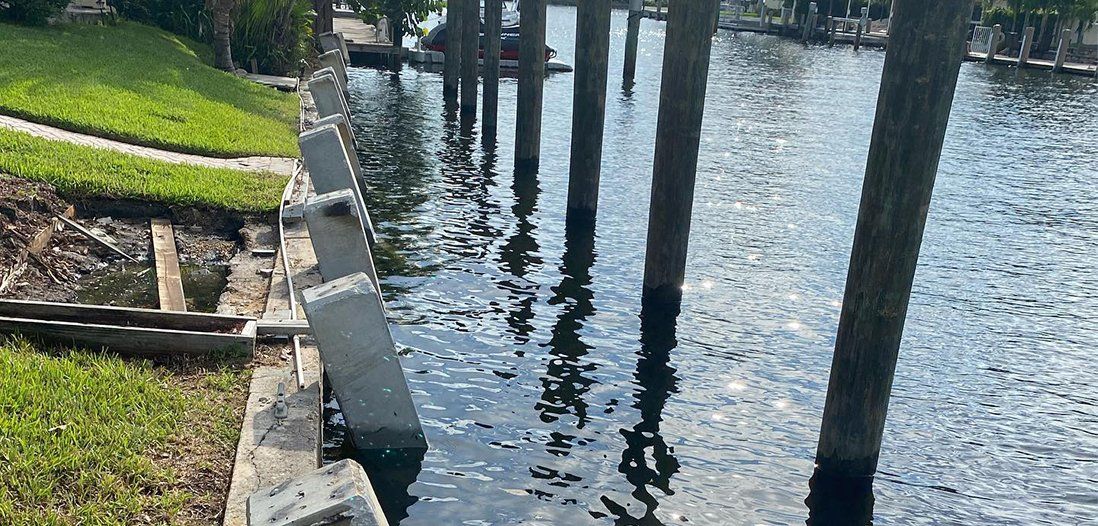
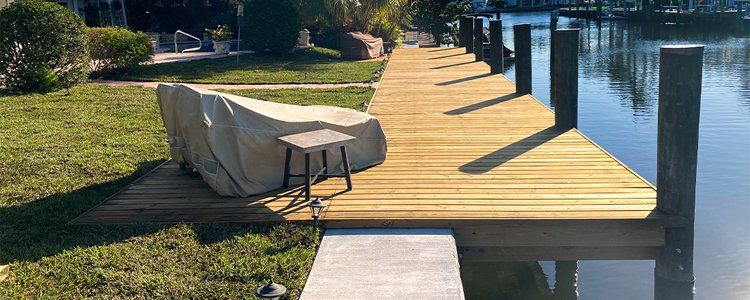
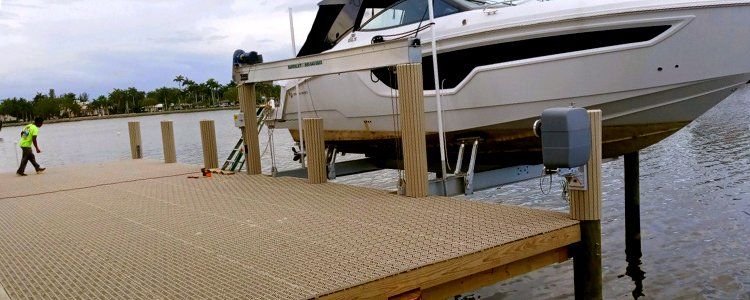

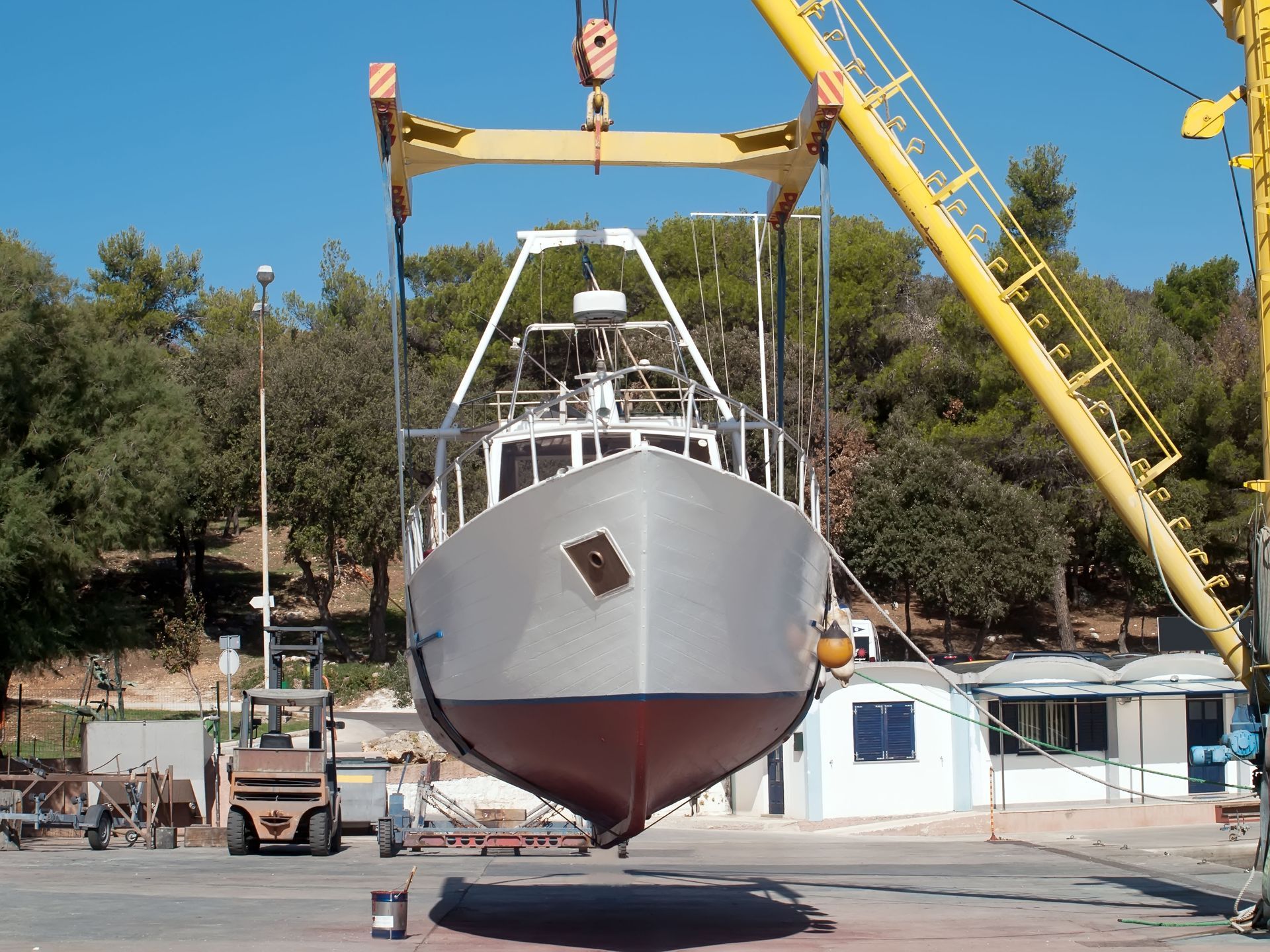
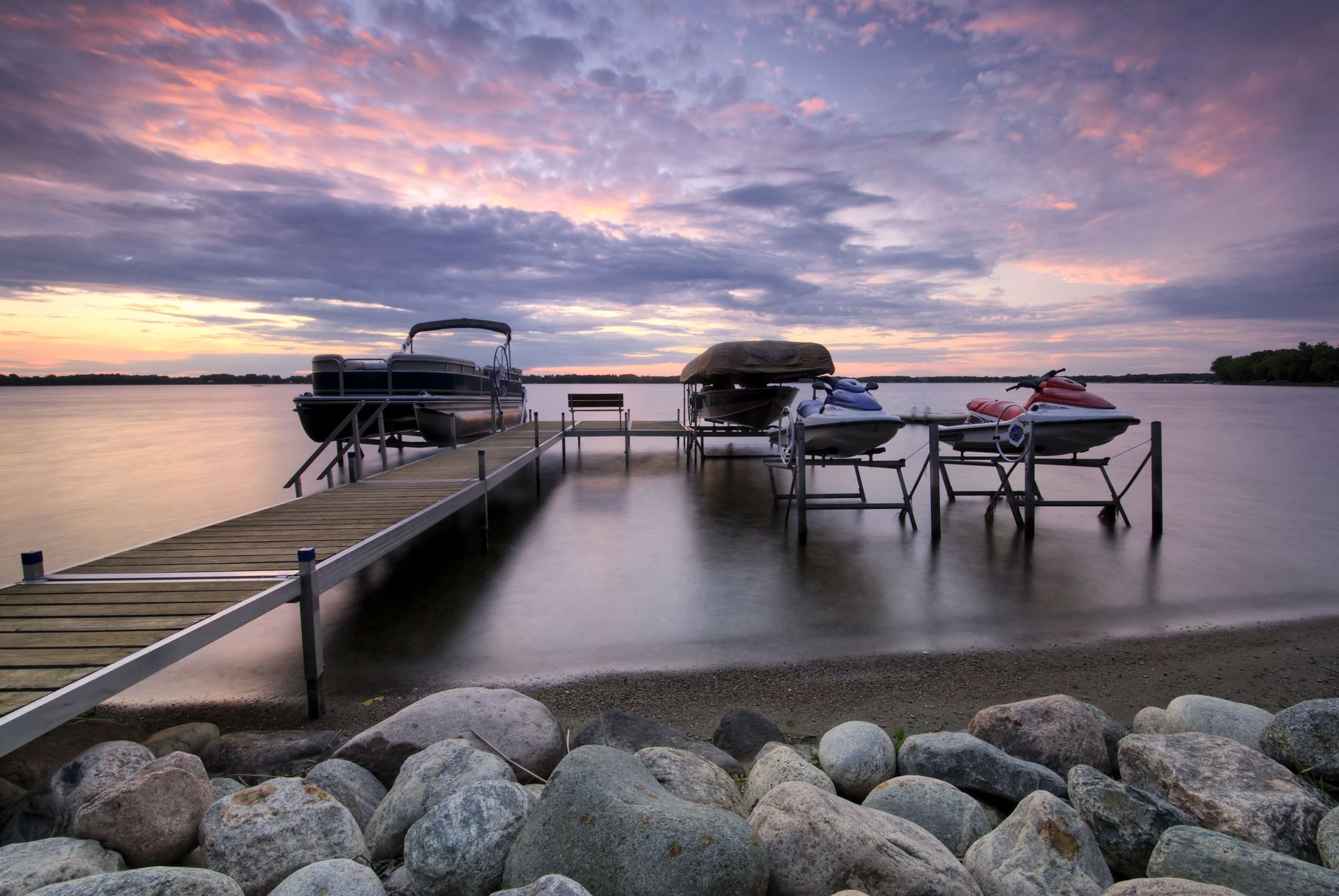
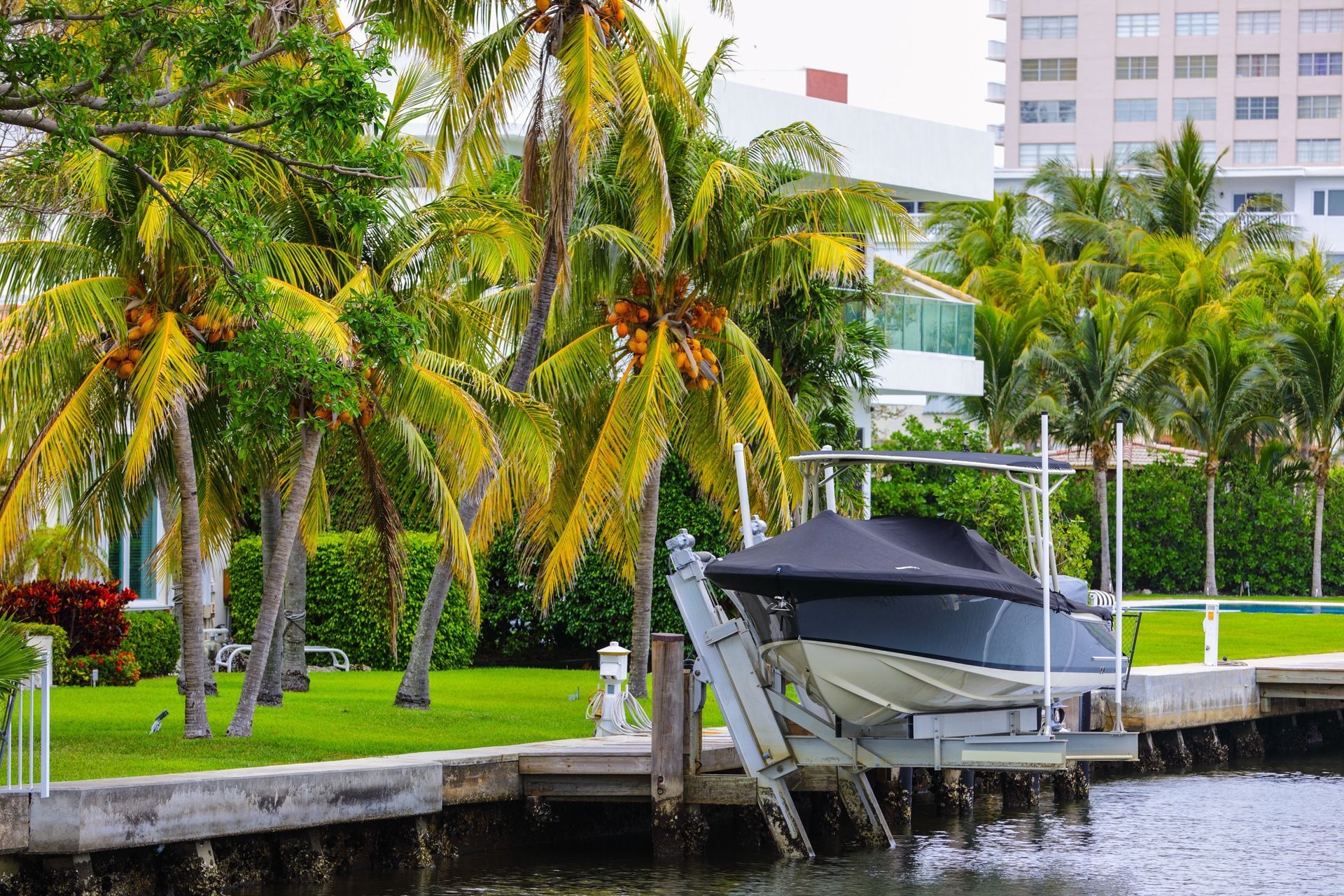
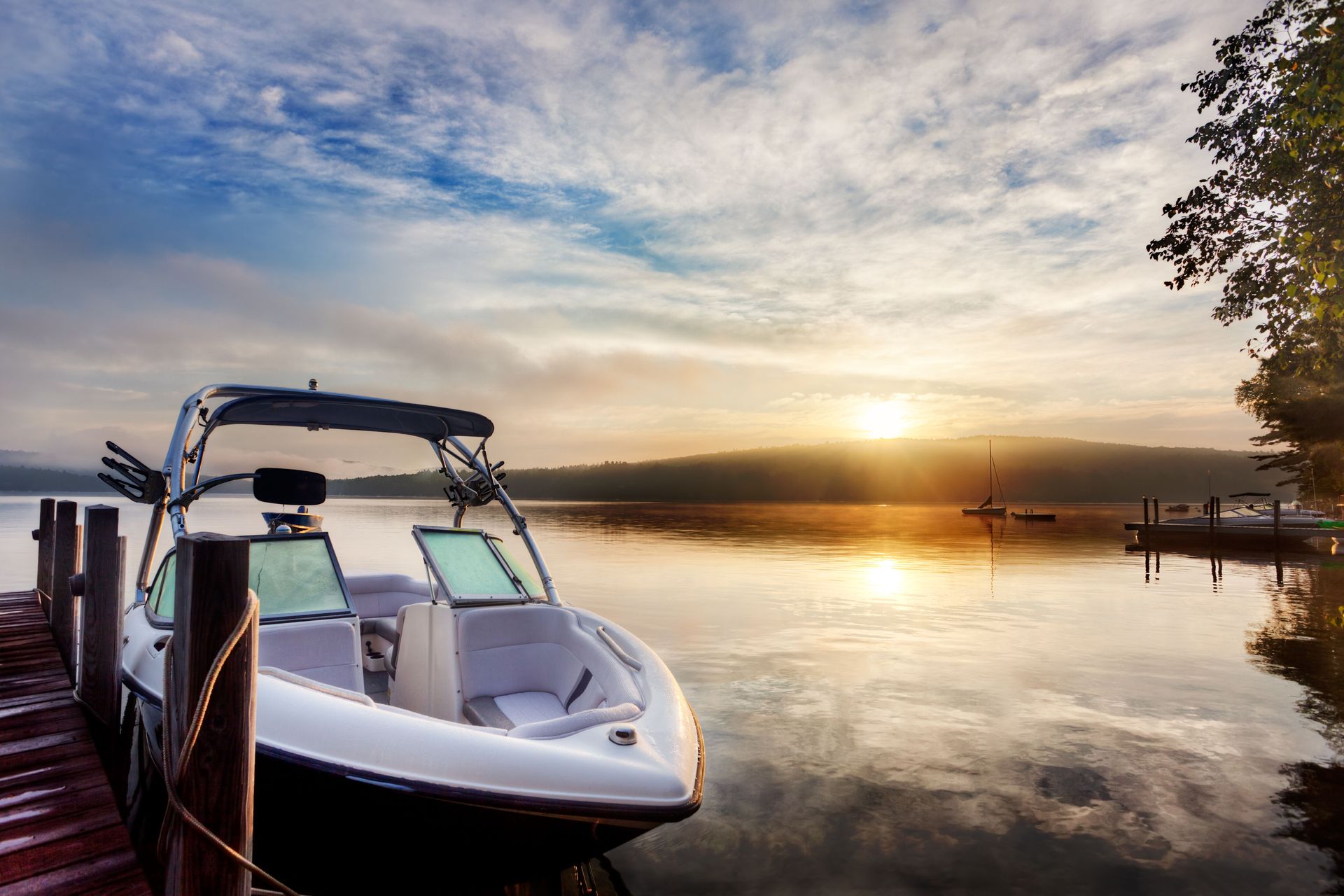
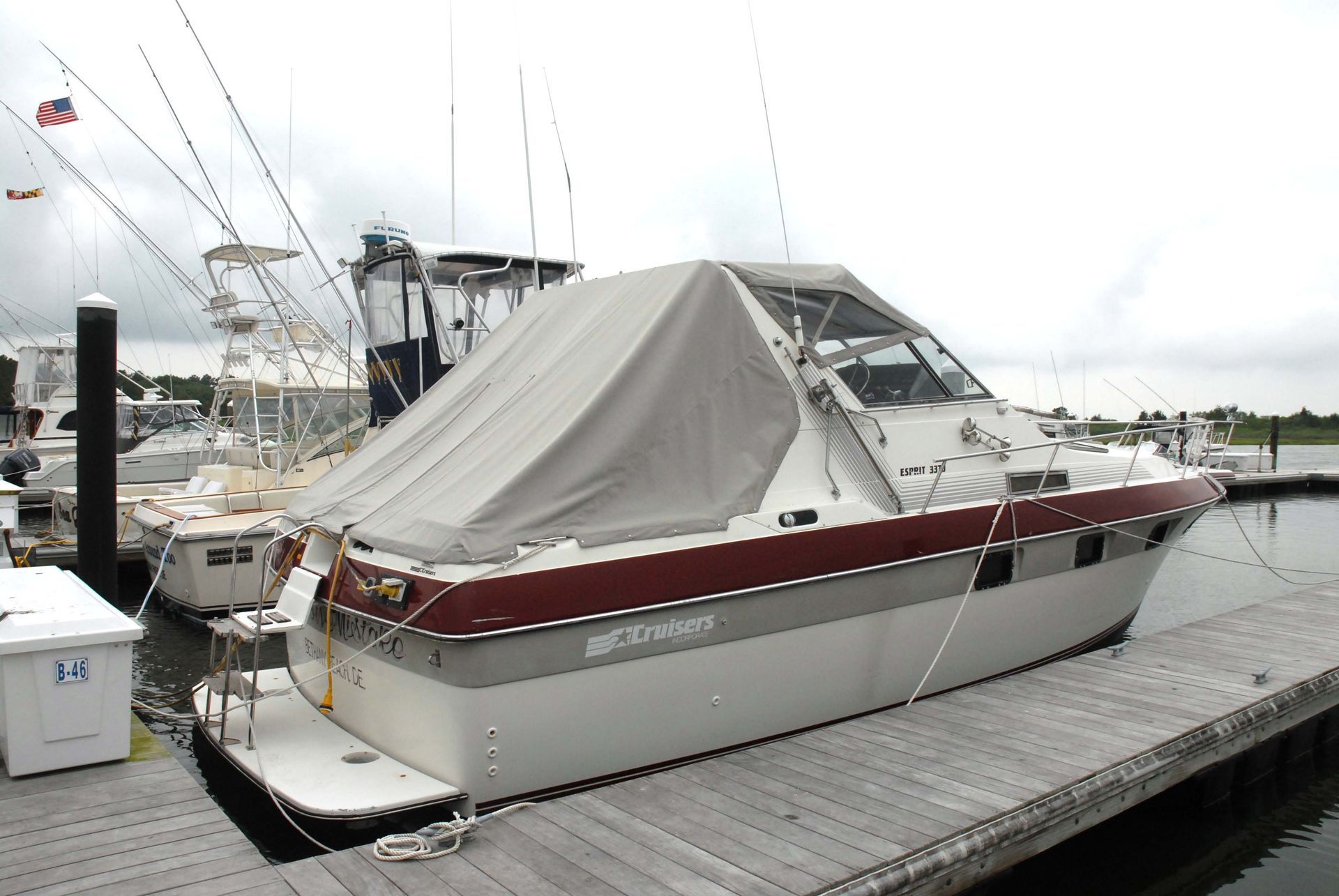

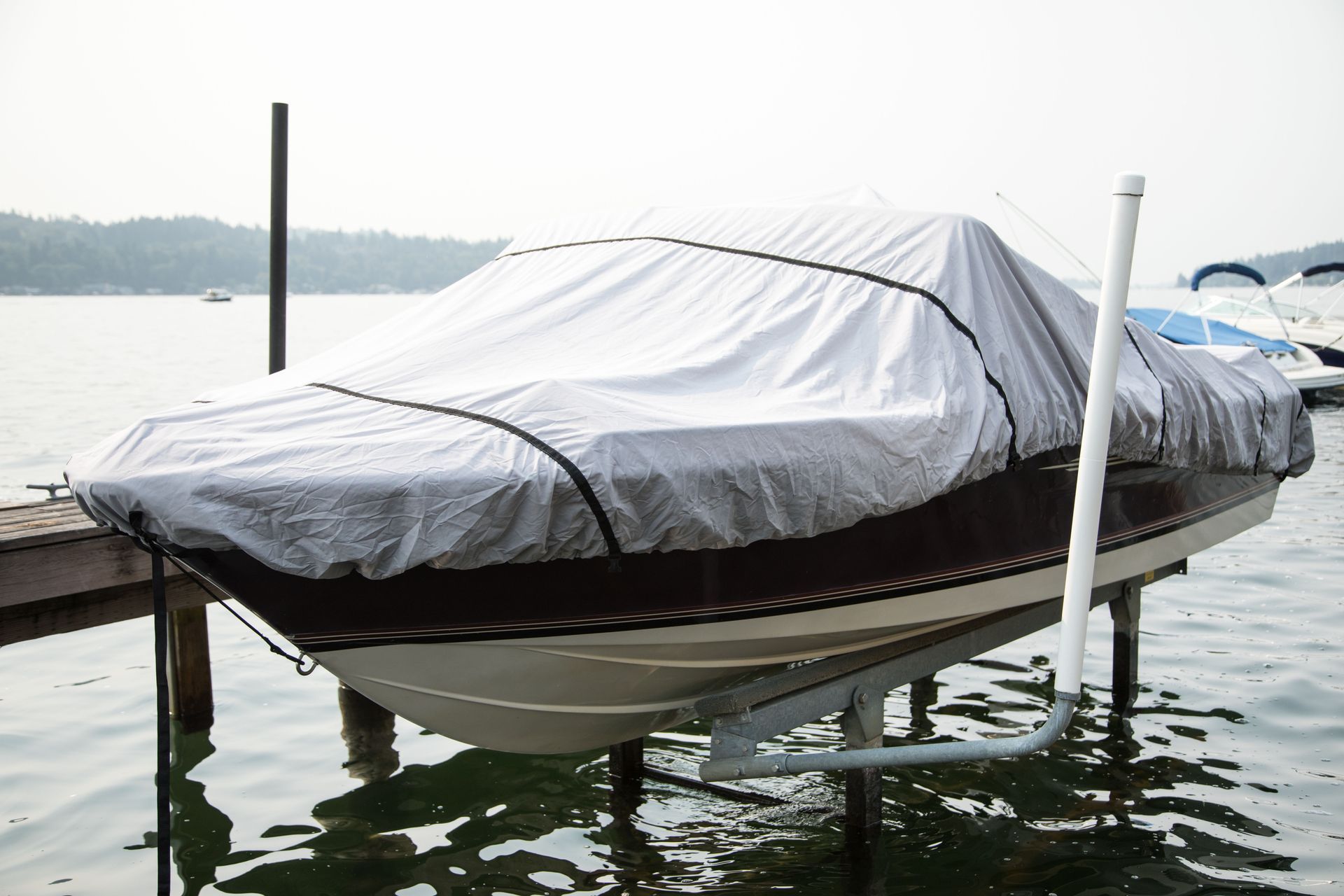


Share On: